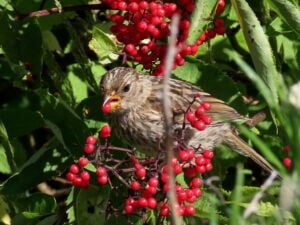
Feeding the Birds, Au Naturel
Spring/Summer 2023 Creating a landscape more like Mother Nature comes with benefits, not the least of which is attracting birds to one’s garden. We’ve known

Spring/Summer 2023 Creating a landscape more like Mother Nature comes with benefits, not the least of which is attracting birds to one’s garden. We’ve known
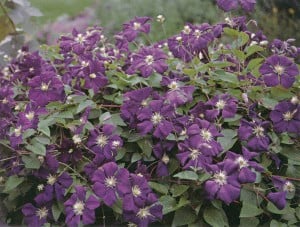
The February 2001 unveiling of Great Plant Picks, a new plant awards program sponsored by the Elisabeth C Miller Botanical Garden in Seattle, met with enthusiasm and support from all segments of the horticultural community. [See Pacific Horticulture, January 2001] Home gardeners, landscape architects, garden designers, educators, and garden writers downloaded the Great Plant Picks fact sheets from the website, while wholesale and retail nurseries participated in the online nursery directory. This enthusiastic response fueled the selection committee, which has selected over sixty-five Great Plant Picks for 2002.
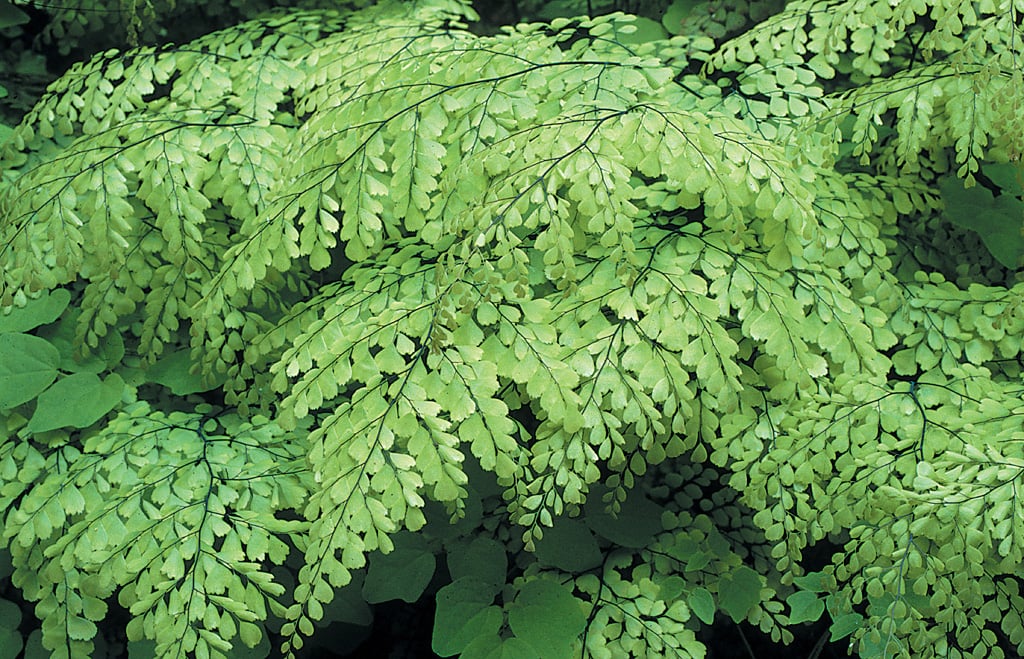
Shade is a shifty character, with a number of elusive and subjective descriptors, most commonly: light, partial, full, dappled, open, and deep. But what do these terms really mean? Every gardener is likely to contend with a range of distinct light levels found around the garden—whether beneath a heavy tree canopy or in an open area on the north side of the house. A regional perspective matters a good deal: what one gardener might view as full sun in the Pacific Northwest could be considered partial shade in Southern California. This year, Great Plant Picks tackles the question of plants that thrive in shade in our region, as experienced by gardeners in the Northwest, with the 2012 theme: Made in the Shade.
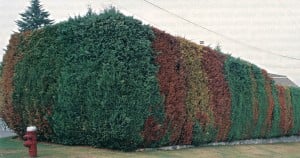
Chamaecyparis lawsoniana is one of the most important conifers in ornamental horticulture. Lawson cypress or Port Orford cedar, as it is known in its native range and by foresters, is restricted in nature to a narrow strip of the Oregon-California coast and to the mountains of northern California. It was once an important timber tree for the region.
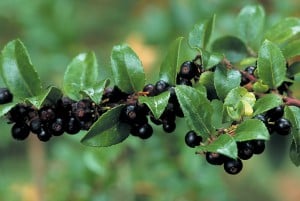
The Great Plant Picks list includes almost 800 trees, shrubs, perennials, bulbs, and vines, many of which withstand the dry conditions of maritime Pacific Northwest summers with no supplemental irrigation. Many urban and suburban gardens lack shade; more than a third of the GPP selections thrive in full sun and are drought tolerant.
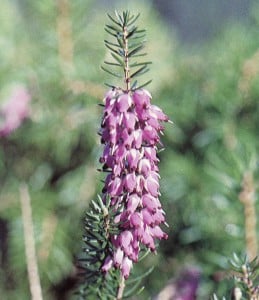
Few people consider California a good place to grow hardy heathers. Cool, moist climates like those of Scotland and England are usually thought of in connection with them. Gardeners in the Pacific Northwest, especially in the Puget Sound area, have been growing heathers for a long time with great success. However, there are a few die-hards who persist in growing heathers in California, in spite of discouraging advice from their gardening friends. Their success has been due in part to proper site selection and soil preparation, but more to selecting heathers suited to warm conditions. One that has been grown for a long time in California is known in much of the literature as Erica mediterranea and, as the name implies, it is native to the Mediterranean region, more particularly to Spain and Portugal. In recent literature it is listed as Erica erigena, and its cultivars are sold as tree heaths. Much of California has a Mediterranean climate with generally mild, damp winters and long, hot, dry summers. It is not surprising, therefore, that tree heaths do well here.
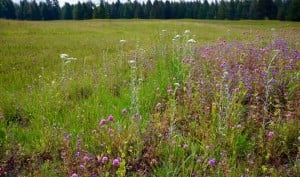
The mown lawns of suburbia attest to a human love of open, grassy places. Cultural anthropologists speculate that lawns have a direct link to the
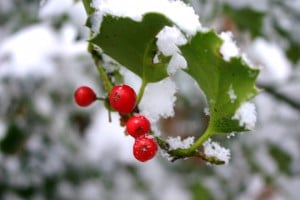
[pullquote]English holly is a versatile, hardy plant combining year-round beauty and wildlife appeal. But when it escapes cultivation it can become an uninvited pest.[/pullquote] My first
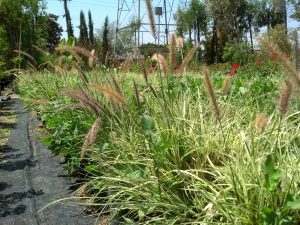
Autumn 2022 With so many beautiful ornamental plant species and cultivars throughout California and the Pacific Northwest, how do you decide which ones to include